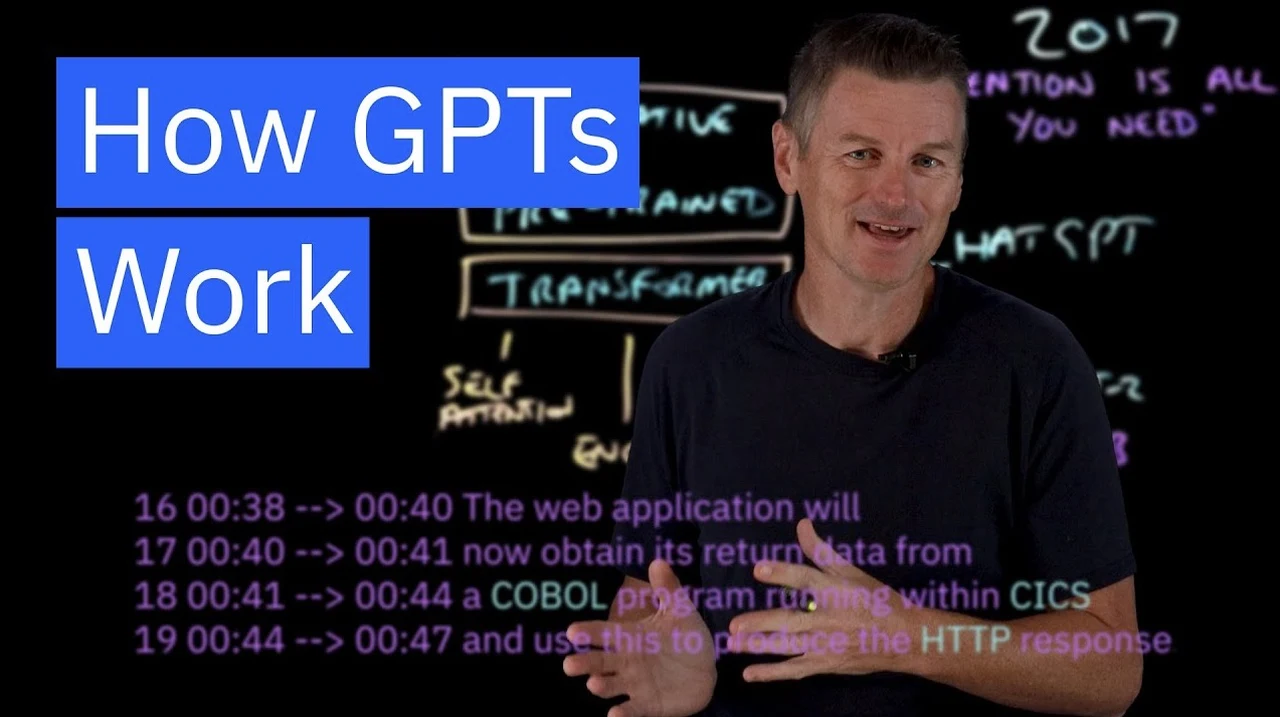Generative Pre-trained Transformers (GPTs) have transformed natural language processing (NLP), allowing machines to generate text that closely resembles human writing. These advanced models use deep learning to analyze input sequences and predict likely outputs, making them indispensable tools for AI-driven text generation and contextual understanding. But how do GPTs work?
GPTs enable machines to not only comprehend human language but also produce text that feels authentically human. This advancement has reshaped interactions with technology, from creating engaging content to streamlining customer service. At the core of their effectiveness is a sophisticated combination of deep learning techniques and innovative architecture, enabling accurate text prediction and generation.
The evolution of GPTs, from GPT-1 to the highly advanced GPT-4, reflects a steady progression in complexity and capability, consistently expanding the boundaries of NLP. These models are more than technical achievements—they are practical tools that have revolutionized industries like education and creative writing. Exploring their architecture and capabilities reveals how GPTs are enhancing digital communication, bridging the gap between human and machine interaction in unprecedented ways.
How do GPTs work?
TL;DR Key Takeaways :
- Generative Pre-trained Transformers (GPTs) have revolutionized natural language processing by enabling machines to generate human-like text through deep learning and contextual understanding.
- GPTs utilize generative pre-training and the Transformer architecture, featuring a self-attention mechanism that helps models focus on important tokens and understand word significance.
- The Transformer architecture consists of encoder and decoder modules, which work together to map text into vector space and generate coherent responses.
- Since their inception in 2017, GPT models have evolved from GPT-1 to GPT-4, increasing in size and capability, and are available in both open-source and proprietary versions.
- GPTs are widely used in applications like video education technology for creating accurate closed captions, highlighting their practical utility in enhancing accessibility and learning experiences.
GPTs represent a significant leap forward in machine learning capabilities, offering unprecedented accuracy and fluency in language tasks. Their ability to process and generate human-like text has opened up new possibilities across various industries, from content creation to customer service.
The Core Architecture of GPTs
At the heart of GPTs lies the concept of generative pre-training, an unsupervised learning approach that allows the model to identify patterns in vast amounts of unlabeled data. This process enables GPTs to grasp language nuances without explicit guidance, resulting in a more natural and contextually aware understanding of text.
The Transformer architecture forms the backbone of GPTs, using neural networks specifically designed for NLP tasks. A crucial feature of this architecture is the self-attention mechanism, which helps the model focus on important tokens within input sequences. This capability allows GPTs to understand word significance and dependencies, leading to more coherent and contextually relevant outputs.
Key Components of the Transformer Architecture
The Transformer architecture comprises two main modules:
- Encoder: Converts tokens into a three-dimensional vector space, capturing the text’s semantics and assigning importance to each token.
- Decoder: Uses the encoder’s outputs, along with the self-attention mechanism, to predict probable responses and generate coherent text.
This modular structure allows GPTs to process input text efficiently and generate contextually appropriate responses. The encoder’s ability to map text into a semantic space is essential for understanding the context and relationships between words, while the decoder’s predictive capabilities enable the generation of fluent and relevant text.
Here are more detailed guides and articles that you may find helpful on Deep Learning.
The Evolution of GPT Models: From GPT-1 to GPT-4
The development of GPTs began in 2017 with the new “Attention is All You Need” paper, which introduced the Transformer architecture. Since then, GPT models have undergone significant evolution:
- GPT-1: The initial model, demonstrating the potential of the Transformer architecture for language tasks.
- GPT-2: A larger model with improved language understanding and generation capabilities.
- GPT-3: A massive leap forward, with 175 billion parameters and unprecedented language processing abilities.
- GPT-4: The latest iteration, offering even more advanced language understanding and generation capabilities.
Each version has increased in size and capability, allowing for more complex and accurate language understanding. These models are available in both open-source and proprietary versions, catering to a wide range of applications and research needs.
Practical Applications of GPTs in Various Industries
GPTs have found applications across numerous sectors, showcasing their versatility and power. One notable use is in video education technology, where GPTs create accurate closed captions. By using the self-attention mechanism and contextual understanding, GPTs can correct transcription errors, making sure that captions are precise and reflective of the spoken content. This capability underscores the practical utility of GPTs in enhancing accessibility and learning experiences.
Other applications include:
- Content creation and copywriting
- Customer service chatbots and virtual assistants
- Language translation and localization
- Code generation and debugging
- Data analysis and report generation
The Future of GPTs in Generative AI
GPTs are foundational to generative AI applications due to their ability to use the Transformer architecture and extensive pre-training. Their capacity to generate coherent and contextually aware text makes them invaluable assets in various domains, from creative writing to scientific research.
As GPT models continue to evolve, researchers are exploring ways to enhance their capabilities further:
- Improving ethical considerations and reducing biases in language models
- Enhancing multilingual capabilities for more inclusive global applications
- Developing more efficient training methods to reduce computational requirements
- Integrating GPTs with other AI technologies for more comprehensive solutions
The impact of GPTs on natural language processing and AI-driven applications is set to expand, offering new possibilities for innovation and efficiency. As these models become more sophisticated, they will likely play an increasingly central role in how we interact with technology and process information in the digital age.
Media Credit: IBM Technology
Filed Under: AI, Guides
Latest TechMehow Deals
Disclosure: Some of our articles include affiliate links. If you buy something through one of these links, TechMehow may earn an affiliate commission. Learn about our Disclosure Policy.
